Table of Contents
Embarking on a culinary journey through Iran reveals a captivating tapestry of flavors and cultural heritage. Iranian cuisine, influenced by Persian, Central Asian, Middle Eastern, and Indian traditions, offers a delightful fusion of tastes. From beloved traditional dishes to tantalizing street cuisine, Iranian food is a treasure trove of mouthwatering delights that showcase the richness of its food culture. Let’s dive into this diverse and vibrant world of the food culture of Iran.
Top Ingredients of the Cuisine of Iran
In Iranian cuisine, a rich tapestry of flavors is crafted by skillfully combining various ingredients. Here is a list of the most commonly used ingredients that form the foundation of Iranian culinary traditions:
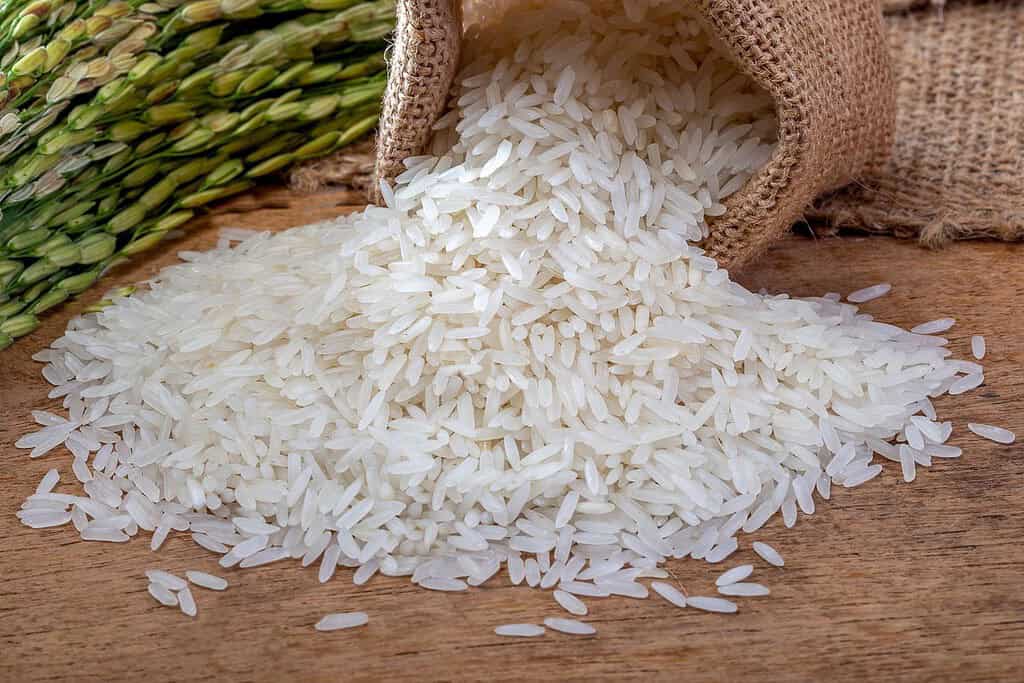
Rice: Rice plays a central role in Iranian cuisine, often served in various forms like Chelow (steamed white rice) and Zereshk Polo (rice cooked with barberries).
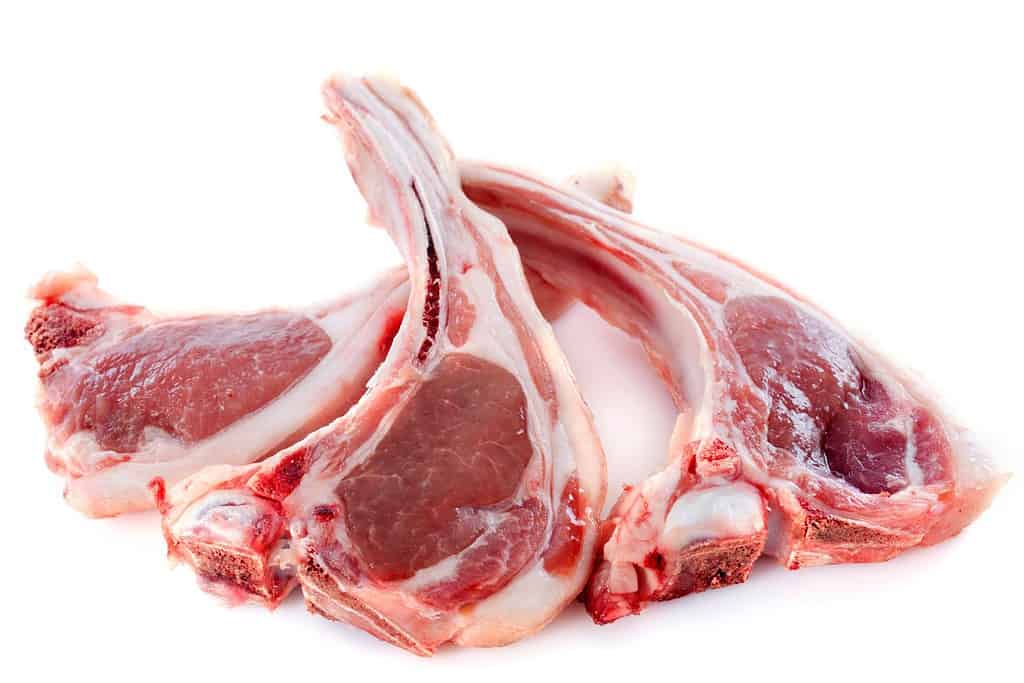
Lamb: Lamb is a beloved meat in Iran and serves as a key component in traditional dishes such as Kebabs, Ghormeh Sabzi, and Fesenjan.
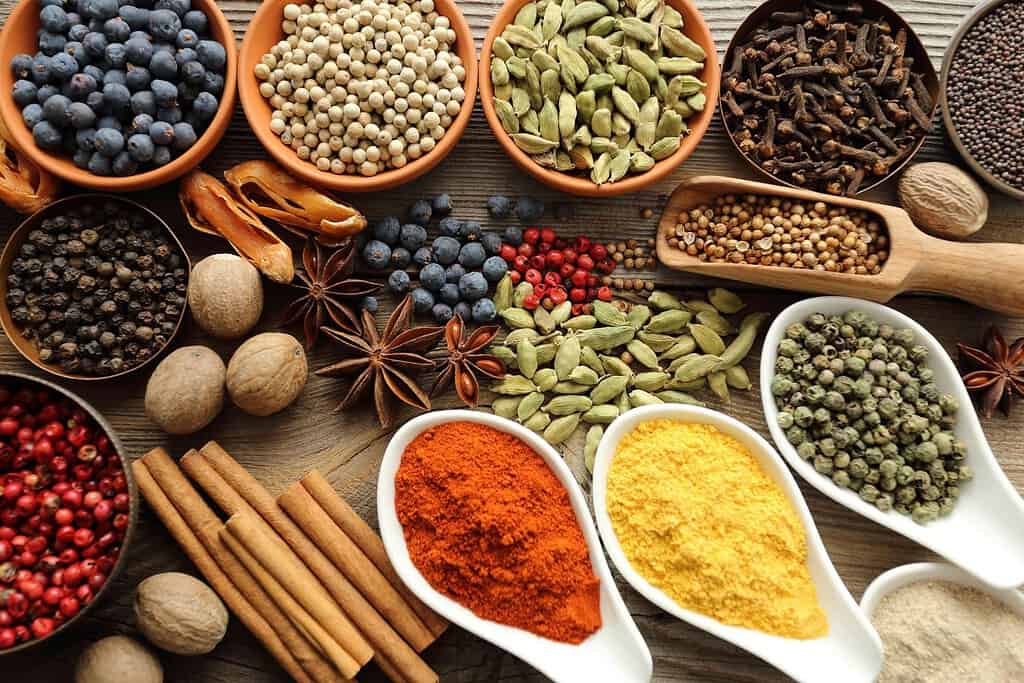
Spices: Iranian cooking incorporates a diverse array of spices, including saffron, cumin, turmeric, cardamom, and cinnamon, to enhance the depth and aroma of their dishes.
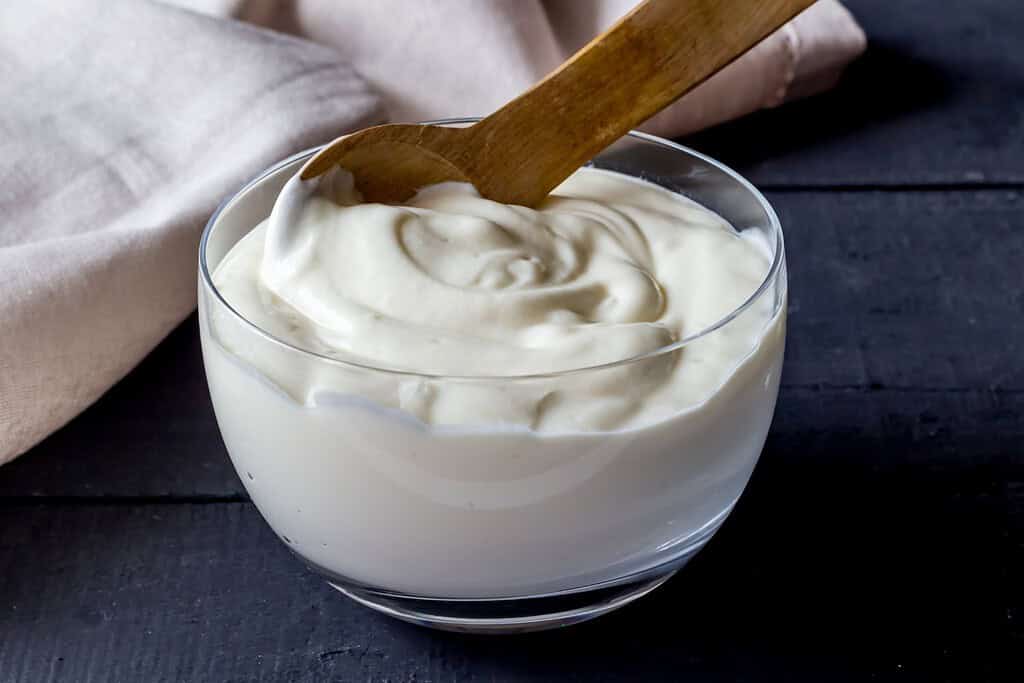
Yogurt: Yogurt is an integral part of Iranian cuisine, used as a condiment (Mast-o-Khiar), drink (Doogh), or as a marinade for meat.
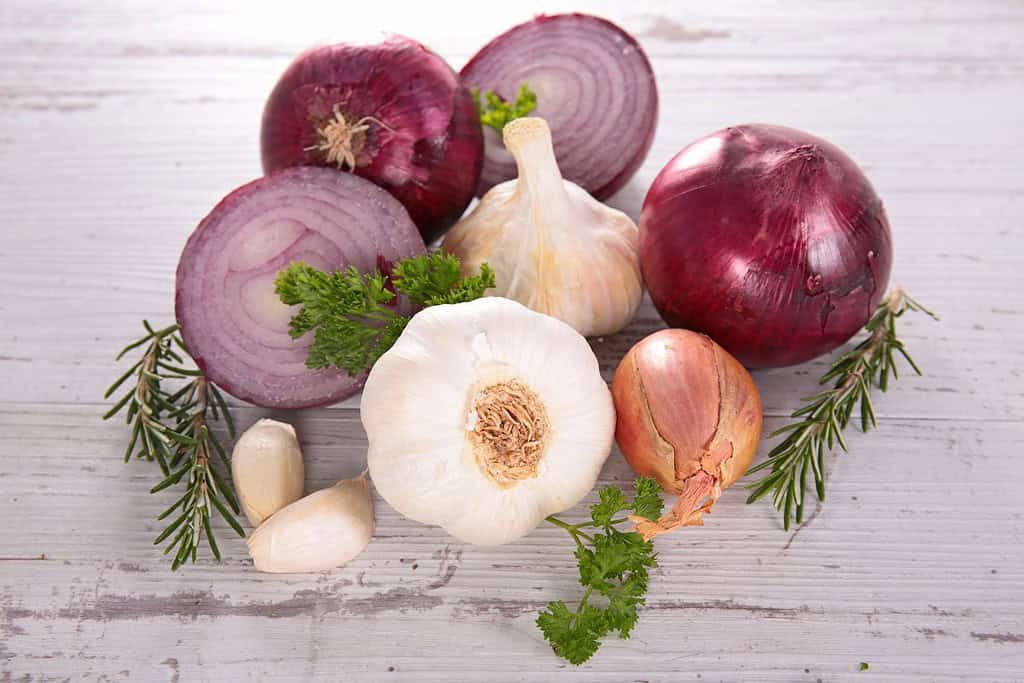
Onions and Garlic: Onions and garlic provide a flavorful base for many Iranian dishes, contributing to their savory foundation.
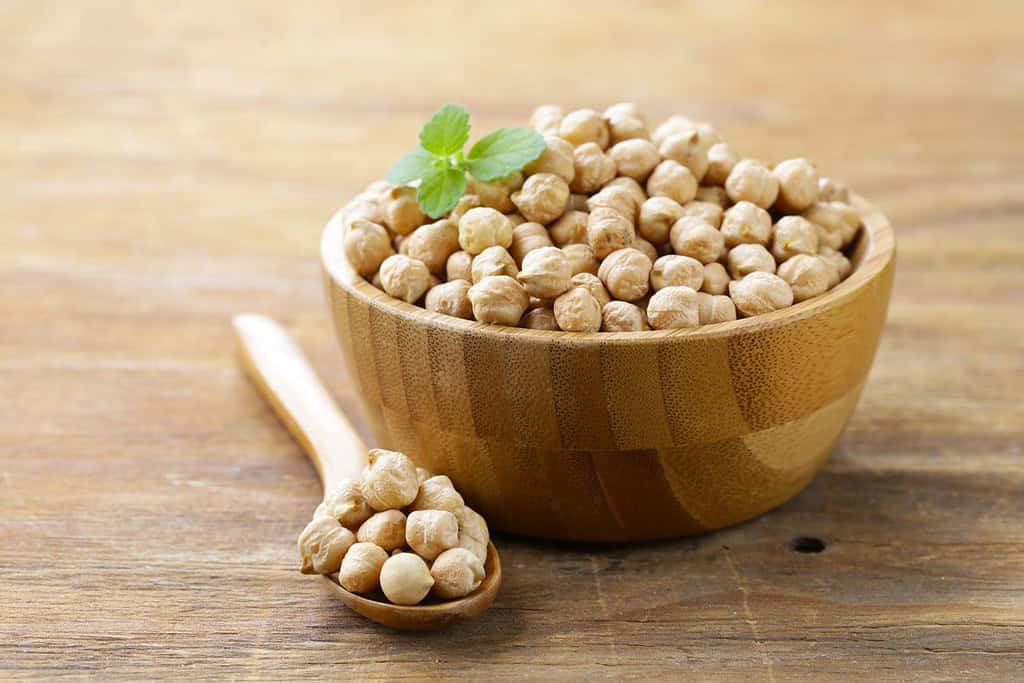
Chickpeas: Chickpeas are a versatile ingredient used in Iranian cuisine, featuring in soups, stews, and dishes like Hummus, adding a creamy and nutty dimension.
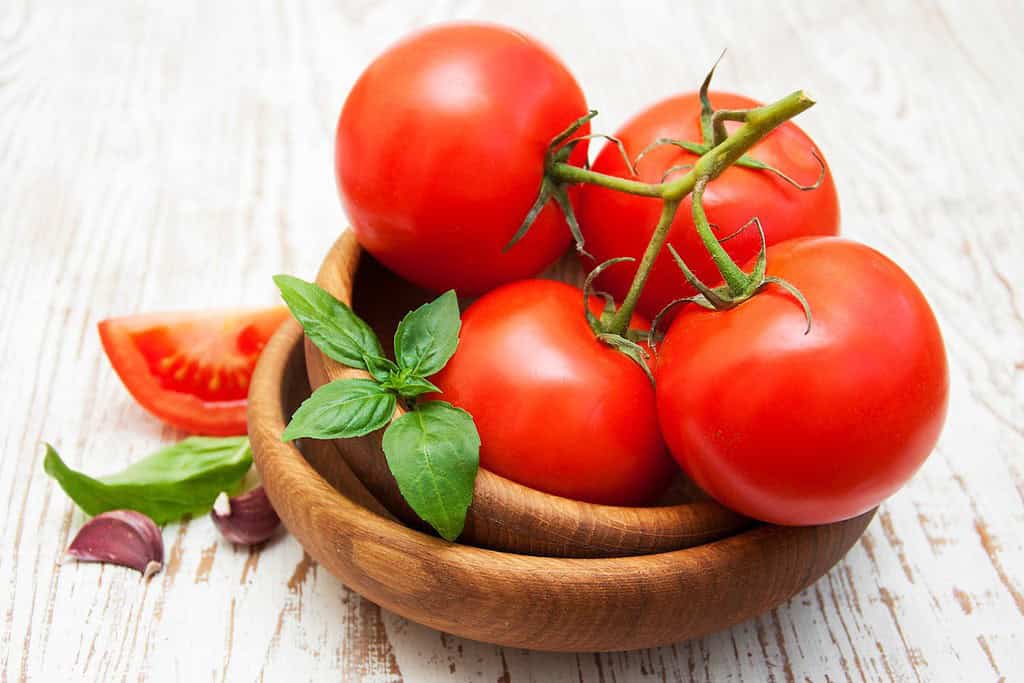
Tomatoes: Tomatoes are commonly used in Iranian cooking to impart a tangy and rich flavor to stews, rice dishes, and salads.
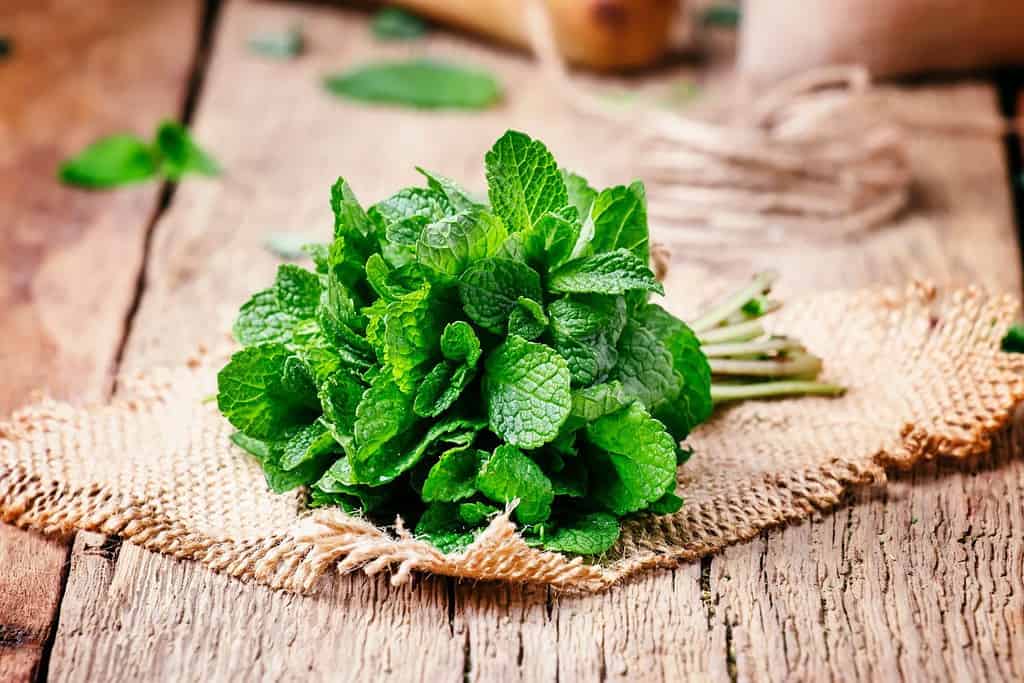
Mint: Fresh mint is a popular herb in Iranian cuisine, employed to infuse salads, chutneys, and yogurt-based accompaniments with a refreshing and aromatic touch.
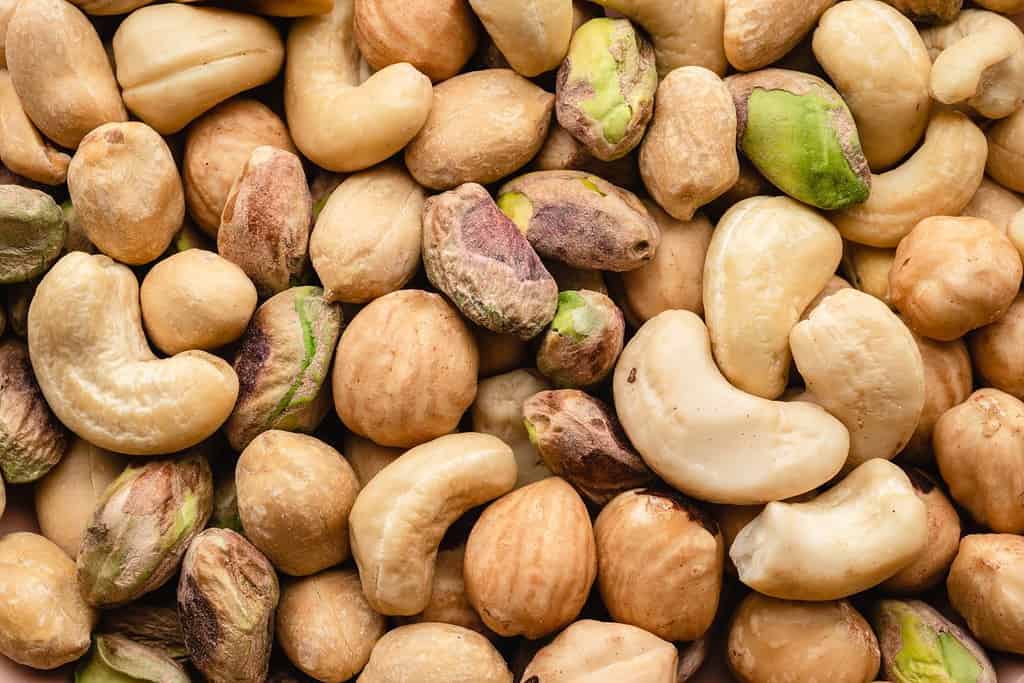
Nuts: Almonds, pistachios, and walnuts are frequently used in Iranian culinary creations, lending crunch and opulence to various dishes.
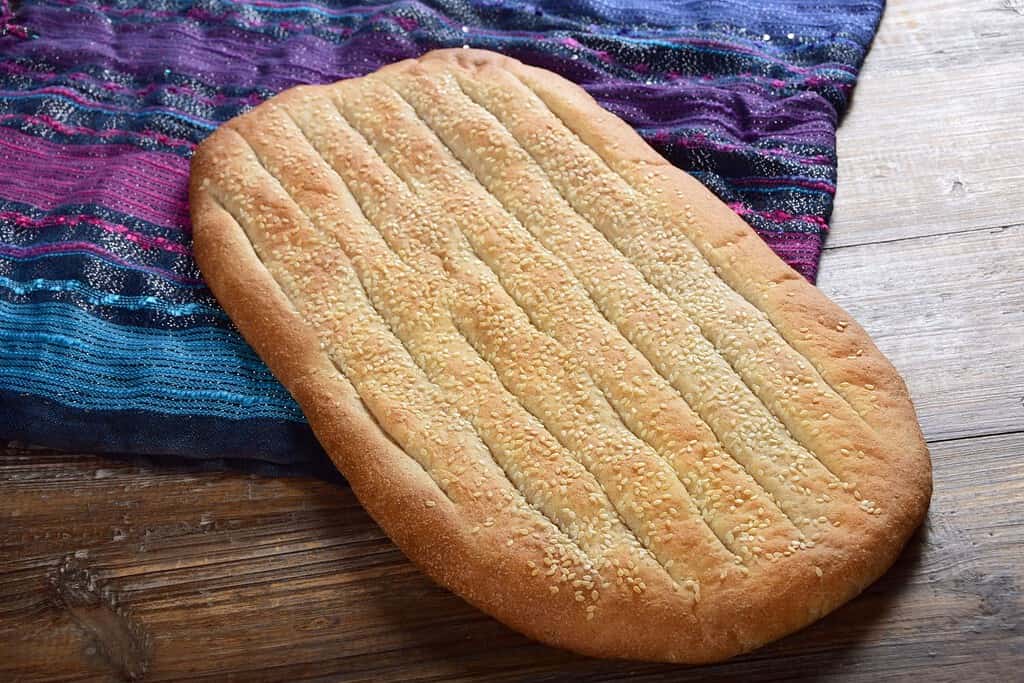
Iranian Flatbread (Naan): Bread holds a significant place in Iranian meals, with various types of flatbreads like Barbari and Sangak accompanying dishes and serving as a utensil for scooping up stews and gravies.
These ingredients, along with an assortment of herbs, spices, and locally sourced produce, contribute to the diverse and captivating flavors found in Iranian cuisine.
The variety of food from Iranian cuisine
Iranian cuisine boasts a captivating variety of flavors and dishes that reflect the nation’s rich history and cultural diversity. Influenced by Persian, Middle Eastern, and Central Asian culinary traditions, Iranian food offers a unique blend of ingredients and techniques. One of the most renowned dishes is Chelo Kabab, a delicious combination of saffron-infused rice served with tender marinated lamb or chicken, often accompanied by grilled tomatoes and a side of yogurt. This dish epitomizes Iranian hospitality and is frequently enjoyed at celebratory events. Another beloved Iranian specialty is Gheimeh, a hearty stew made with diced meat, yellow split peas, and dried lime, simmered in a flavorful tomato-based sauce.
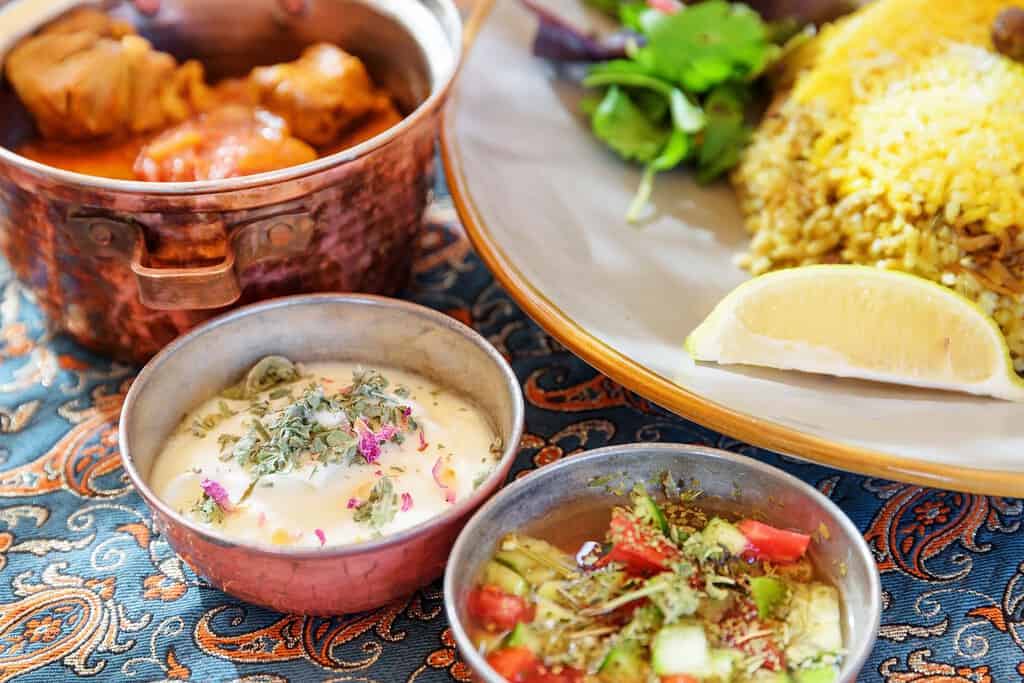
The heartiness of Iranian cuisine is exemplified in its kebabs, prepared with various meats like lamb, chicken, or beef, marinated in a delightful blend of spices. The country’s love for stews is evident in dishes like Fesenjan, a rich and tangy concoction made with pomegranate molasses, ground walnuts, and chicken or duck. For a vegetarian option, Ghormeh Sabzi stands out, featuring a fragrant mix of herbs, kidney beans, and dried limes, often served with rice. Another popular choice is Ash-e Reshteh, a hearty noodle soup with a variety of herbs and legumes.
Satisfying the sweet tooth, Iranian cuisine presents delightful desserts like Bastani, a saffron-infused ice cream often garnished with pistachios and rosewater. The diversity of Iranian food is further exhibited in its regional specialties, with each province showcasing distinct recipes and culinary techniques. Whether indulging in the succulent flavors of a Chelo Kabab or relishing the comforting taste of Gheimeh, exploring the variety of Iranian cuisine is an adventure in cultural richness and gastronomic pleasure.
While visiting beautiful Iran, you can try all of the best recipes from Iranian cuisine. We have available a wide range of tours in Iran that you can choose to explore the country’s culinary delights and cultural heritage.
Best Foods in Iran
Iran best foods offer a delightful array of dishes that tantalize the taste buds with their rich flavors and cultural significance. While it’s challenging to single out a definitive list of the “best” foods, some dishes stand out as particularly beloved and iconic in Iranian cuisine.
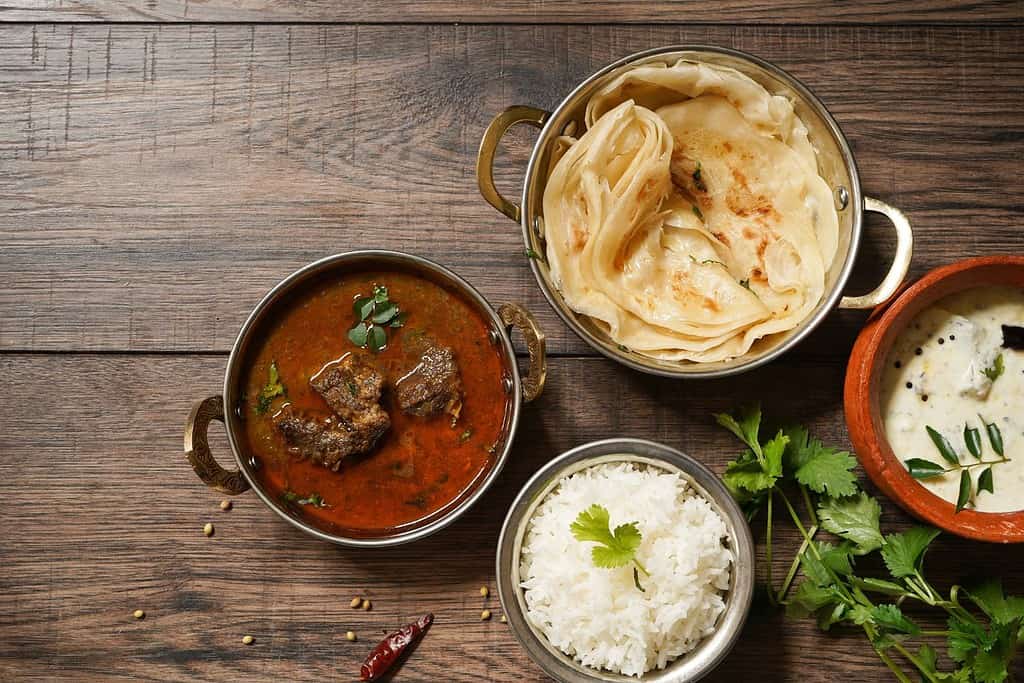
Iranian cuisine is known for its creative use of spices, such as cumin, coriander, cardamom, turmeric, cloves, cinnamon, ginger, garlic, chilies, saffron, black pepper, and dried mint for its rich and flavorful dishes. The result is a harmonious blend of aromatic spices and vibrant herbs that make Iranian food truly exceptional.
Most famous Iranian foods
Here are the top most famous foods in Iran that have garnered recognition both locally and internationally:

Chelo kebab: Widely considered the national dish of Iran, Chelo kebab is a culinary masterpiece that features skewered and grilled meat, such as lamb, chicken, or beef, marinated in aromatic spices. It is typically served with steamed saffron-infused rice and grilled tomatoes.
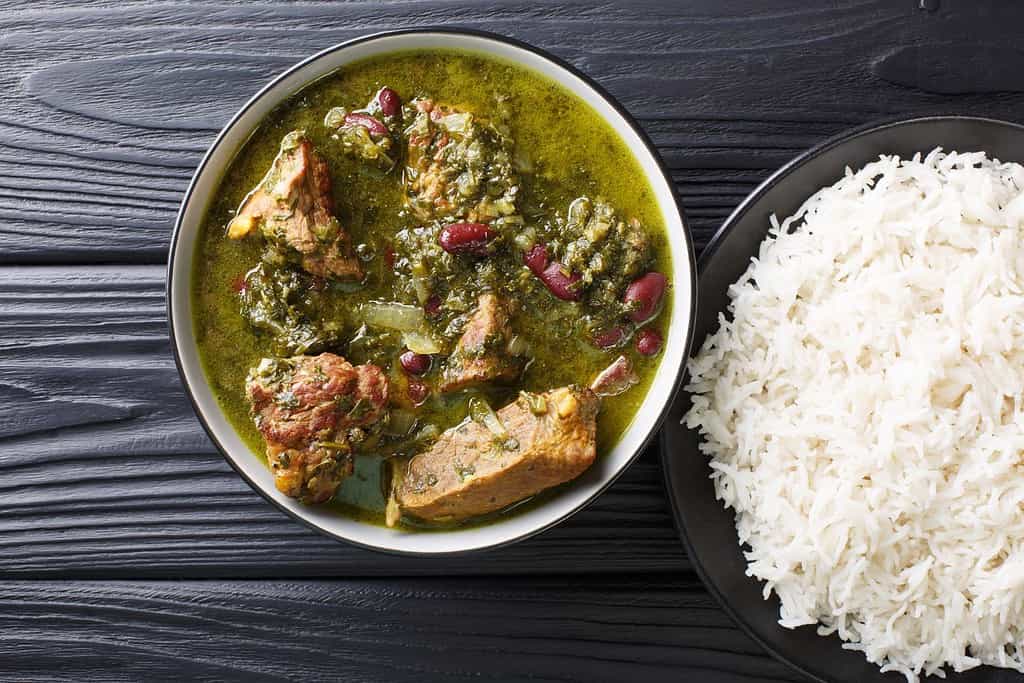
Gormeh Sabzi: A staple in Iranian households, Gormeh Sabzi is a rich and flavorful herb stew prepared with meat (often lamb or beef), a variety of fresh herbs, dried limes, and kidney beans. It is typically enjoyed with white rice and adds to the diversity of Iranian cuisine.
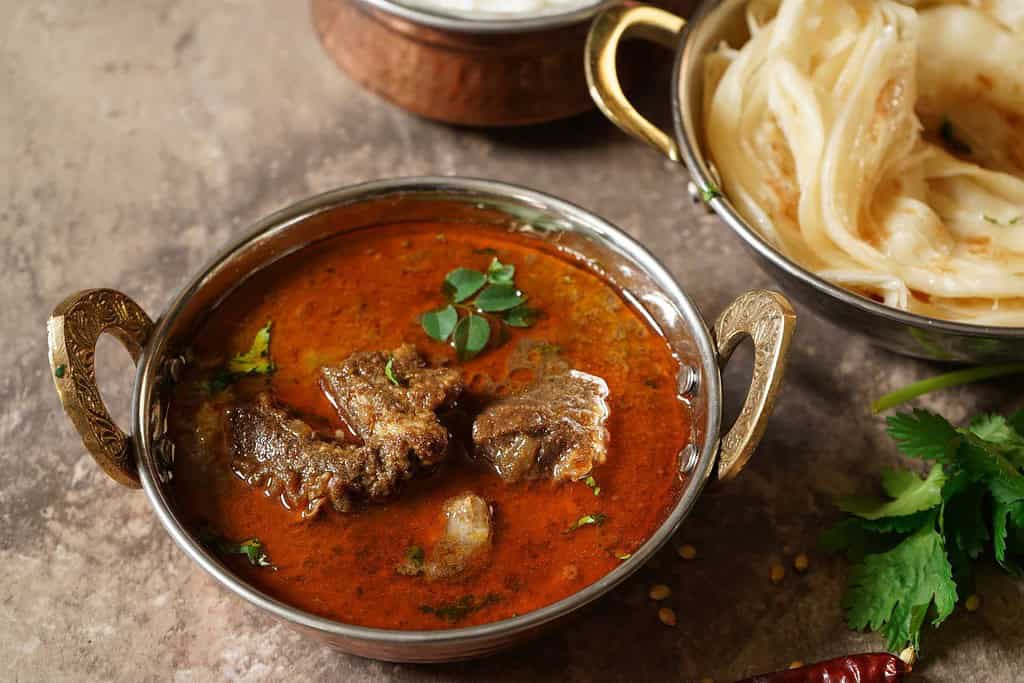
Fesenjan: Fesenjan is a classic Persian dish that features a thick, tangy sauce made from pomegranate juice and ground walnuts, cooked with chicken or duck. The combination of sweet and savory flavors in this dish is a culinary delight.
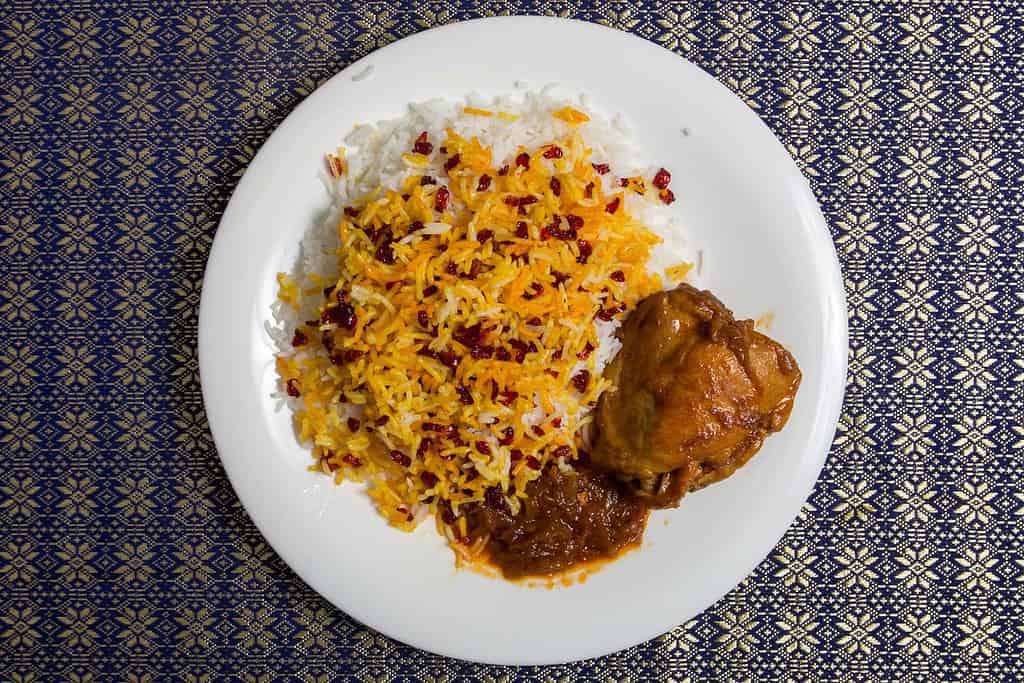
Zereshk Polo: Zereshk Polo is a popular Iranian rice dish that combines barberries with fragrant saffron-infused rice. It is often served with chicken or lamb and garnished with slivered pistachios and almonds.
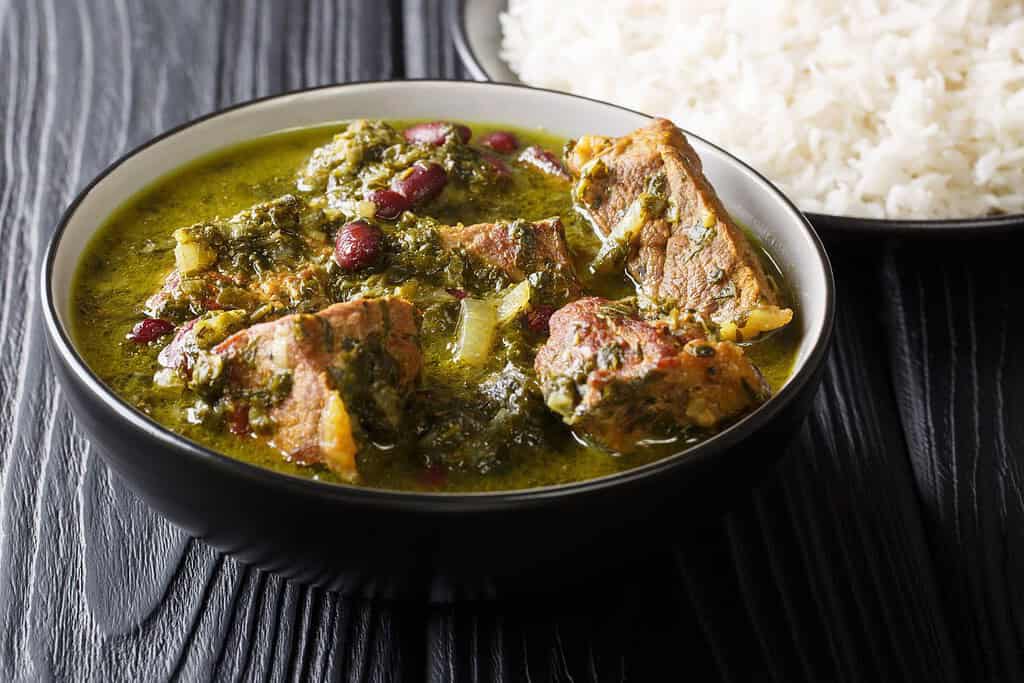
Ghormeh Aloo: Similar to Gormeh Sabzi, Ghormeh Aloo is another flavorful stew made with meat (often beef), potatoes, and a blend of aromatic spices. It is typically served with rice and offers a comforting taste of Iranian cuisine.
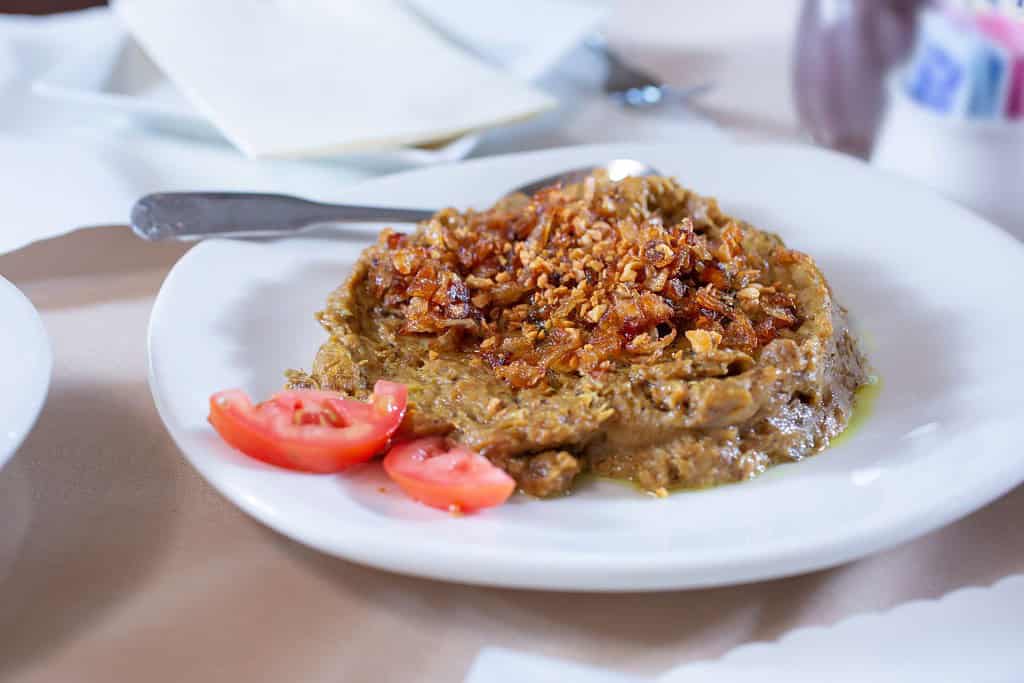
Kashk-e Bademjan: This creamy and flavorful appetizer is made from roasted eggplants, garlic, and Kashk (a fermented dairy product). It is often garnished with mint and served with flatbread.
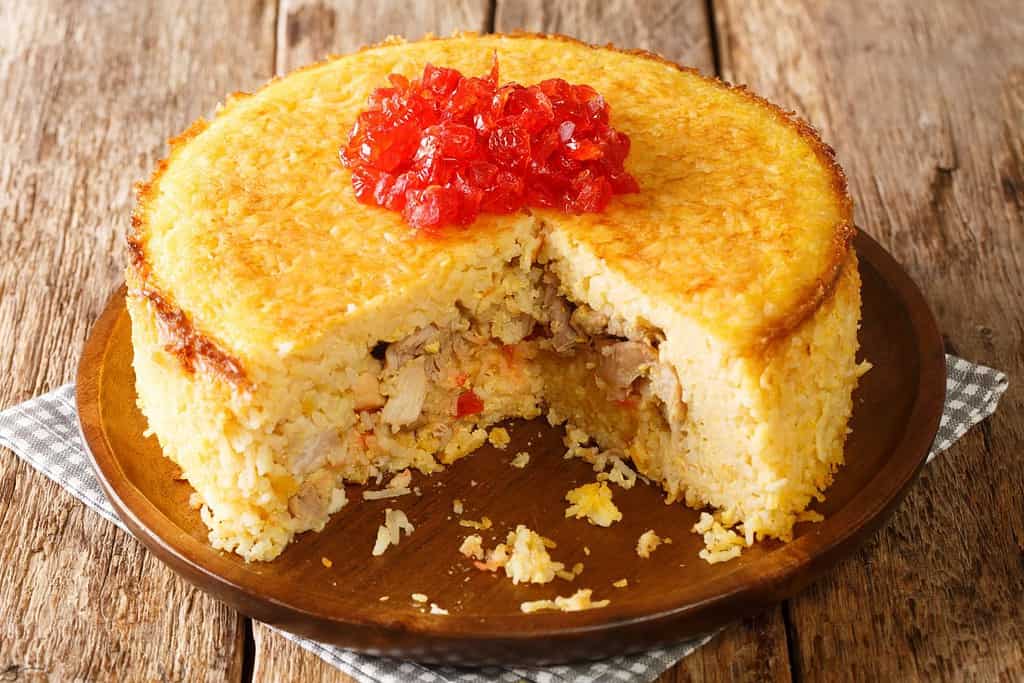
Tahchin: Tahchin is a savory rice cake made with yogurt, saffron, and often layered with chicken or lamb. It is baked to create a crispy outer layer and a tender, flavorful interior.
These renowned Iranian dishes showcase the richness and diversity of the country’s culinary heritage, making them popular not only within Iran but also among food enthusiasts around the world.
Iranian Desserts
Iranian desserts offer a delightful conclusion to a satisfying meal, showcasing a blend of sweet flavors and delicate textures. These desserts are deeply rooted in Iranian culture and are often enjoyed during celebrations, festivals, and special occasions. Some popular Iranian desserts include:
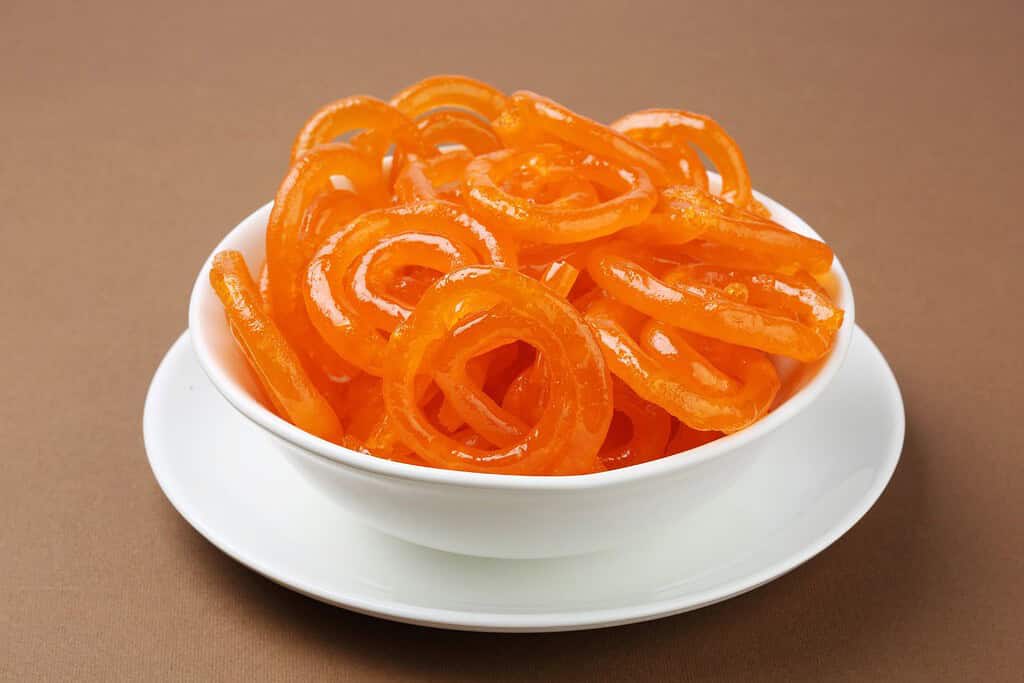
Zoolbia and Bamieh: Beloved street foods in Iran, Zoolbia and Bamieh consist of deep-fried batter soaked in saffron-infused sugar syrup, resulting in crispy, intricate shapes that are delightfully sweet and aromatic. They are a popular choice during Ramadan and other festive occasions.
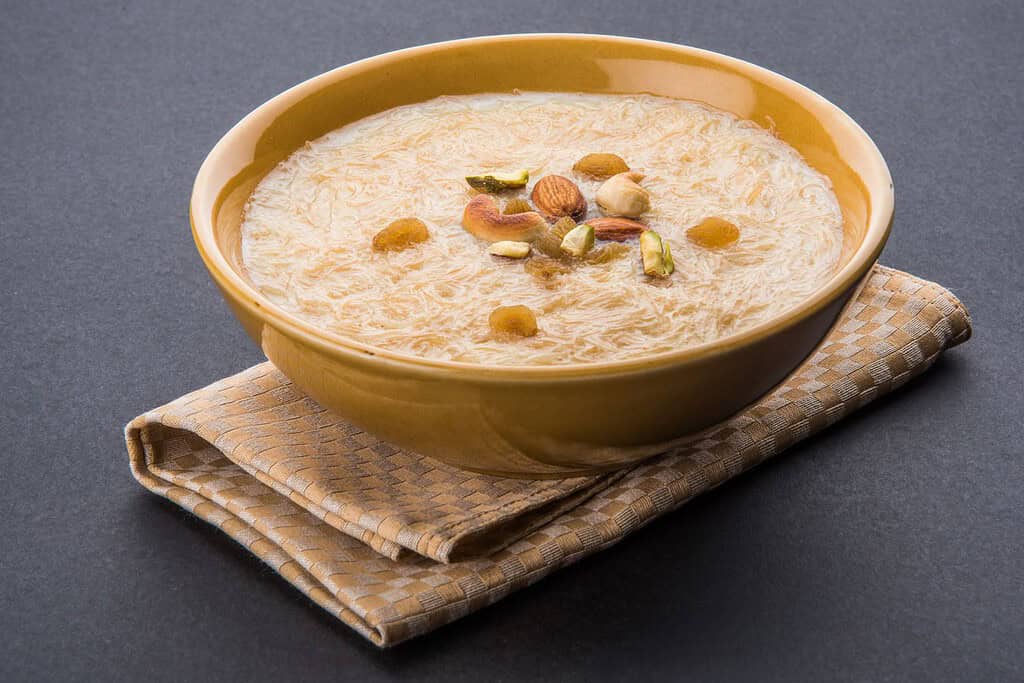
Fereni: Similar to rice pudding, Fereni is a creamy dessert made with ground rice, milk, sugar, and fragrant saffron or cardamom. It is often garnished with chopped pistachios, almonds, or rose petals, adding a lovely nutty and floral touch.
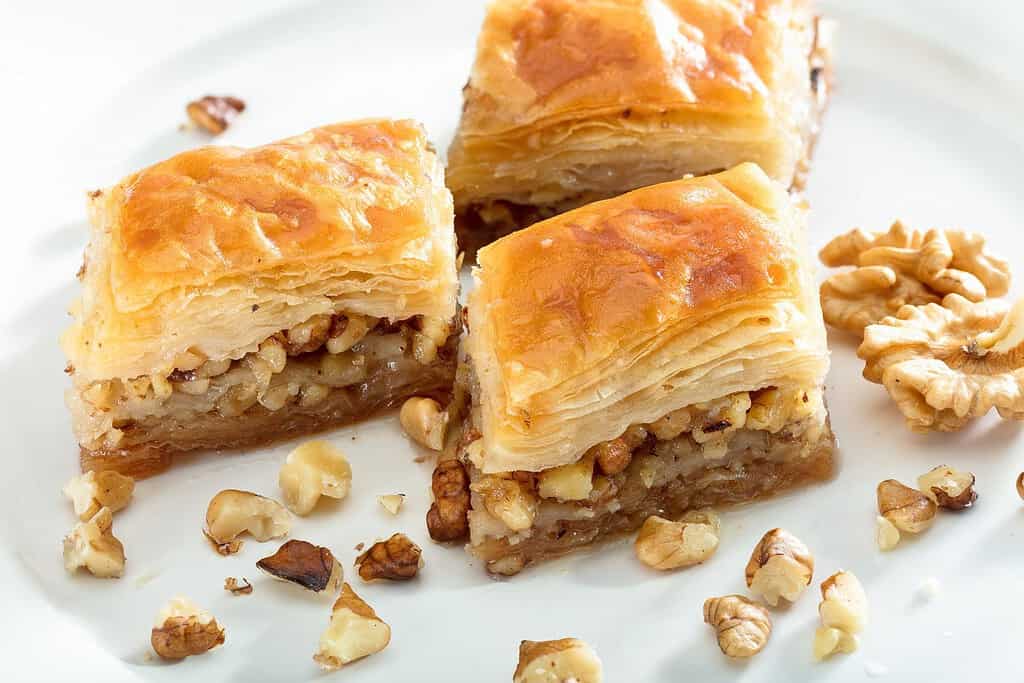
Baklava: Although Baklava is a dessert with origins in the Middle East, it has become a favorite in Iranian cuisine. Layers of phyllo pastry are filled with chopped nuts and sweetened with honey or sugar syrup, creating a delectable and flaky treat.
The culture behind Iranian food
The culture behind Iranian food is deeply rooted in tradition, hospitality, and community. Iranian cuisine reflects the country’s rich history and diverse cultural influences, blending elements from Persian, Middle Eastern, Central Asian, and Mediterranean culinary traditions. Food holds significant cultural importance in Iran and plays a central role in social gatherings, family events, and religious celebrations.
Hospitality is a cornerstone of Iranian culture, and sharing food with guests is a deeply ingrained tradition. When visitors arrive at an Iranian home, they are warmly welcomed with an array of delicious dishes, reflecting the host’s generosity and desire to make their guests feel at home. Meals are often communal affairs, with everyone seated around a shared table, emphasizing the importance of togetherness and solidarity in Iranian culture.
Also, read:
Tehran, Isfahan, and Shiraz
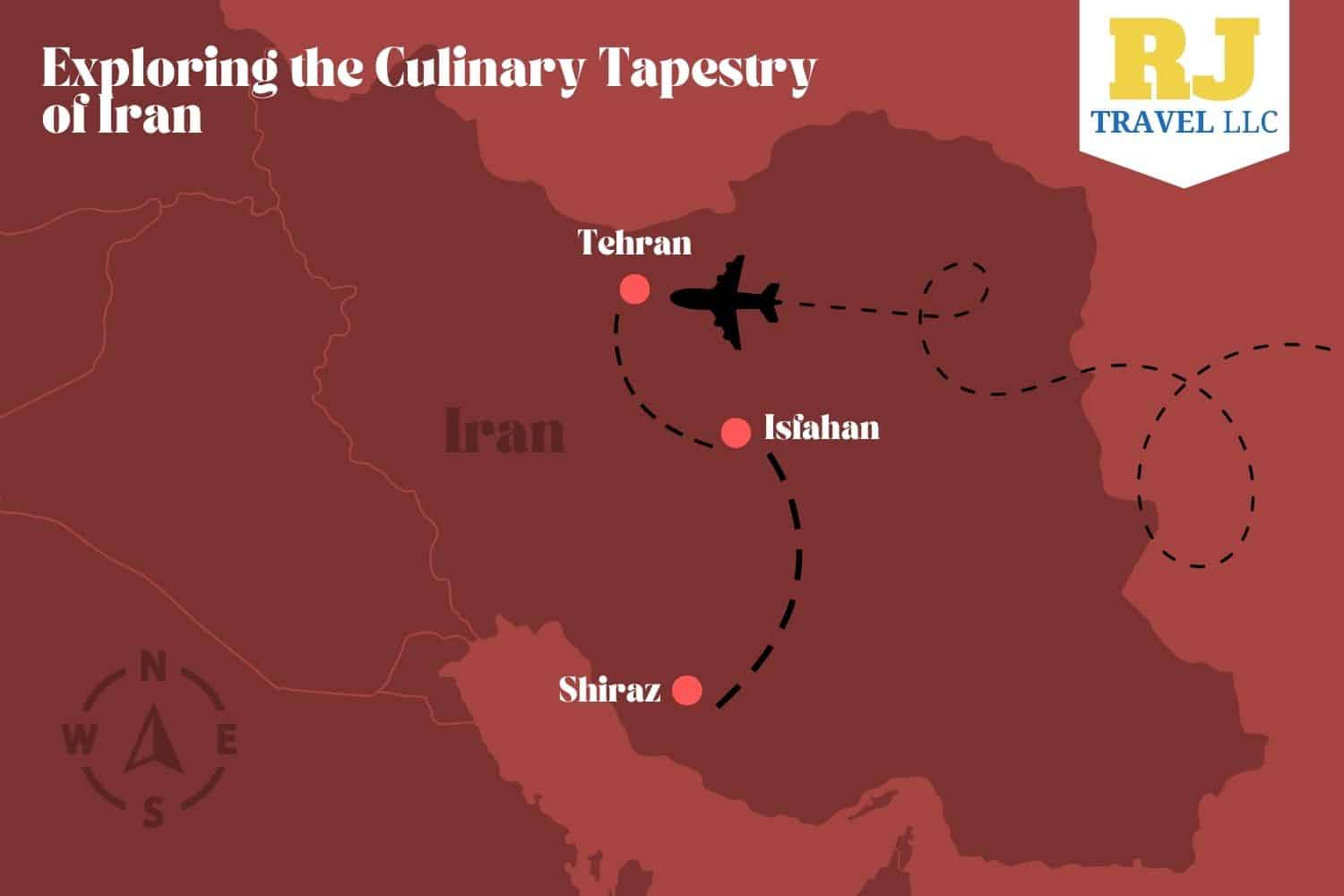
Embark on a gastronomic journey through Tehran, Isfahan, and Shiraz, and immerse yourself in the captivating flavors that have been crafted and cherished for generations in Iran. Allow the traditional foods of each city to paint a flavorful picture of Iran’s culinary tapestry, inviting you to savor the unique delights of these remarkable regions.
Within the enchanting world of Iranian cuisine, each region brings its own distinct flavors and culinary traditions. Let’s set out on a journey to Tehran, Isfahan, and Shiraz, and discover the delightful differences in their traditional foods.
The variations in dishes from each Iranian city can be attributed to a combination of factors, including geography, historical influences, and the majority ethnic group residing in each region. Iran’s diverse landscape and geographical features, such as mountains, deserts, and fertile plains, have influenced the availability of certain ingredients and agricultural practices in different regions. This, in turn, has contributed to variations in the types of dishes that have evolved in each city.
Tehran’s Chelo Kabab features succulent kebabs served with fluffy saffron-infused rice, epitomizing Iranian hospitality. Isfahan’s Biryani offers a delightful twist on rice, combining tender meat, aromatic spices, and dried fruits for a memorable taste experience. Shiraz’s Ghormeh Sabzi is a fragrant herb stew that tantalizes the palate with its complex flavors and aromatic herbs.
For example, in Tehran, being the capital and a melting pot of cultures, the culinary scene is more diverse and influenced by a mix of traditions from various regions and countries. Isfahan, with its historical significance and Silk Road connections, has culinary influences from neighboring regions, leading to distinct dishes like Biryani. In Shiraz, the Persian culture and heritage are prominent, resulting in aromatic and flavorful dishes like Ghormeh Sabzi.
Comparing the three cities, Tehran offers a diverse range of dishes influenced by its cosmopolitan nature, Isfahan highlights hearty rice-based preparations, and Shiraz tantalizes with rich and fragrant stews. Each city showcases its own culinary identity, adding depth to the multifaceted and rich tapestry of Iranian cuisine.
Tehran
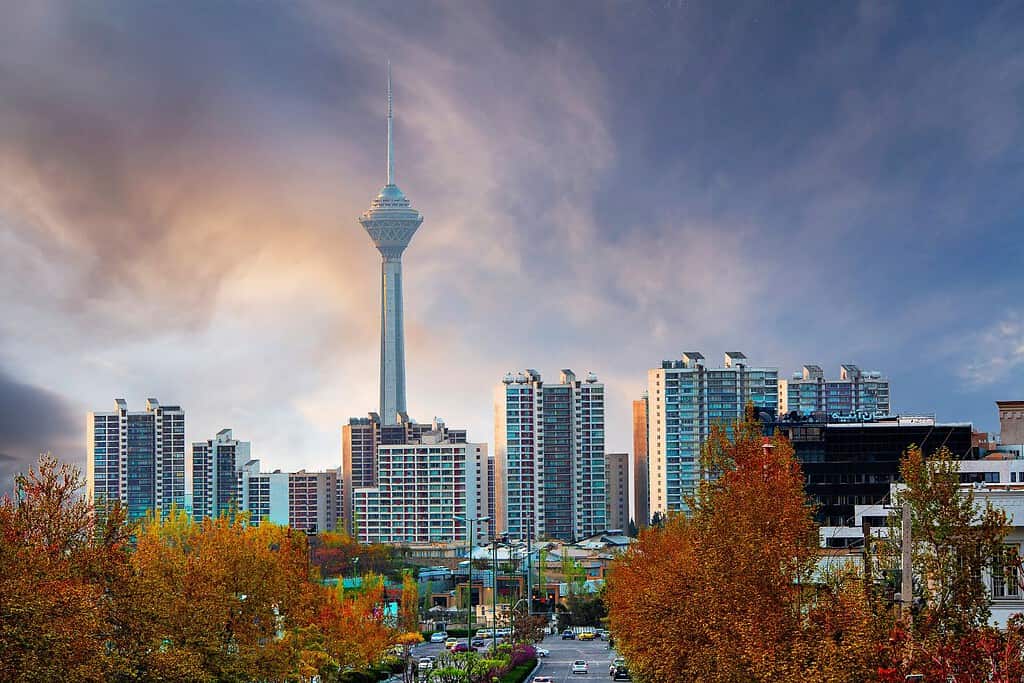
Embarking on a culinary adventure in Tehran, the capital city of Iran, we are welcomed into a vibrant food scene that reflects the nation’s diverse cultural influences. The city offers a delightful fusion of traditional Iranian dishes and international flavors. As we explore bustling markets and street food vendors, the scent of freshly baked flatbreads and kebabs wafts through the air. Tehran’s food culture is a harmonious blend of flavors, featuring a wide range of dishes to satisfy every palate.
Famous Food from Tehran
- Tehran Polow: Fragrant rice dish cooked with tender lamb or chicken, infused with saffron, barberries, and pistachios, symbolizing Iranian hospitality.
- Ghormeh Sabzi: A flavorful stew made with herbs, kidney beans, and your choice of lamb or beef, typically served with steamed basmati rice.
- Joojeh Kebab: Succulent marinated chicken skewers, char-grilled to perfection, and accompanied by lavash bread and saffron-infused rice.
- Tahchin: A delectable rice cake layered with yogurt, saffron, and tender pieces of chicken or lamb, forming a delightful crispy crust.
- Kashk-e Bademjan: A creamy eggplant dip mixed with fermented yogurt and garnished with fried mint and caramelized onions, typically enjoyed with flatbread.
- Abgoosht: A hearty soup featuring lamb, beans, potatoes, and tomatoes, served with a side of sangak bread.
- Fereni: A sweet and velvety rice pudding flavored with rosewater and topped with crushed pistachios or slivered almonds.
Isfahan
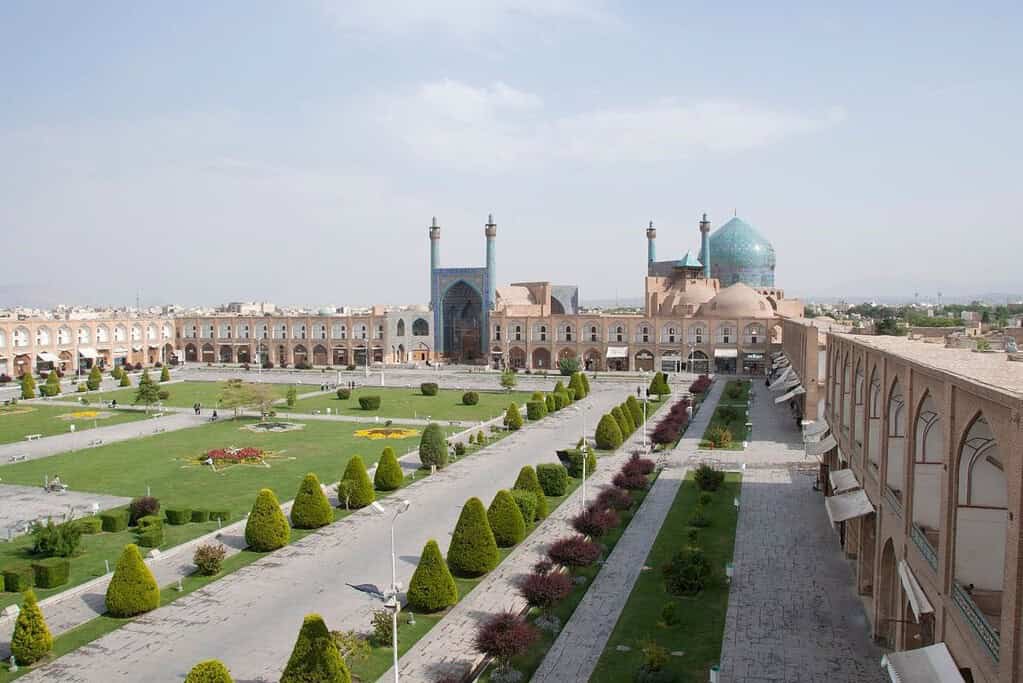
Continuing our journey to Isfahan, a city renowned for its rich culinary traditions, we find ourselves immersed in the flavors of traditional Iranian cuisine. Isfahani cuisine emphasizes the use of aromatic spices and locally sourced ingredients, creating a unique gastronomic experience.
Famous Food from Isfahan
- Biryani Isfahani: A fragrant rice dish prepared with succulent lamb or chicken, saffron, rosewater, and a blend of aromatic spices.
- Khoresht-e-Mast: A rich and creamy stew made with yogurt, saffron, and tender pieces of lamb or beef, often served with saffron-infused rice.
- Kabab-e-Koobideh: Skewers of ground meat, often a mixture of beef and lamb, seasoned with spices and grilled to perfection, served with flatbread and fresh herbs.
- Fesenjan: A luscious stew made with ground walnuts, pomegranate molasses, and either chicken or duck, creating a sweet and savory harmony.
- Ghotab: Delicate Iranian pastries filled with ground almonds, cardamom, and rosewater, often enjoyed with a cup of Persian tea.
- Dizi: A traditional Iranian dish featuring lamb or beef cooked with beans, tomatoes, and various herbs, served with sangak bread.
- Sholeh Zard: A fragrant saffron-infused rice pudding, garnished with cinnamon and slivered pistachios, commonly served during special occasions.
Shiraz
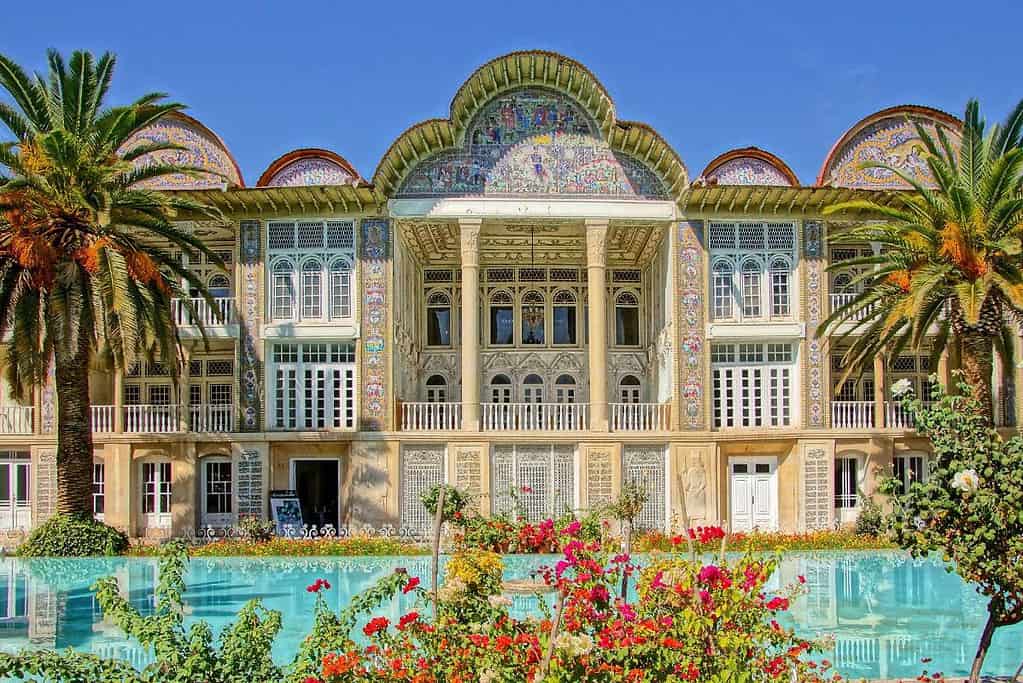
Our culinary journey concludes in Shiraz, a city steeped in history and renowned for its bold and flavorful dishes. Shirazi cuisine is celebrated for its use of vibrant spices, creating dishes that delight the palate with an explosion of flavors.
Famous Food from Shiraz
- Shirazi Polo: A sumptuous rice dish prepared with lamb, saffron, sour cherries, and a touch of sugar, distinct from other Persian rice variations.
- Naan-e-Barbari: A delicious Iranian flatbread, often served as a staple with various dishes.
- Kabab-e-Joojeh Shirazi: Marinated grilled chicken skewers, seasoned with a special blend of spices, and served with flatbread and aromatic rice.
- Ghelyeh Mahi: A mouthwatering fish stew made with fresh herbs, tomatoes, and tamarind, typically served with steamed basmati rice.
- Khoresh-e-Falafel: A flavorful stew featuring falafel balls cooked with chickpeas, tomatoes, and a medley of spices.
- Ghavoot: A sweet rice dessert cooked with saffron, cardamom, and a mix of nuts and dried fruits, perfect for festive occasions.
Book Your Trip to Iran Today!
Embark on an unforgettable journey and explore the allure of Iran through our exclusive tours.
More About Iran
[the-post-grid id=”50371″ title=”Iran Main page”]
